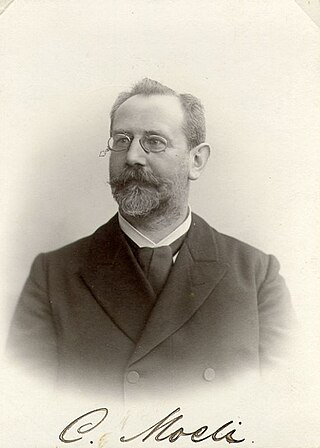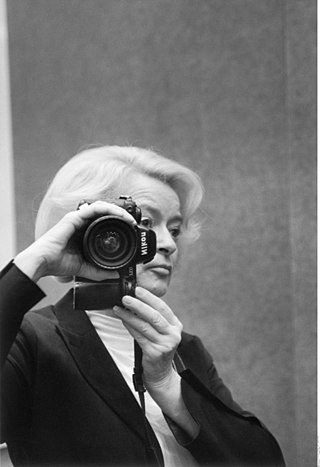
Dementia praecox is a disused psychiatric diagnosis that originally designated a chronic, deteriorating psychotic disorder characterized by rapid cognitive disintegration, usually beginning in the late teens or early adulthood. Over the years, the term dementia praecox was gradually replaced by the term schizophrenia, which initially had a meaning that included what is today considered the autism spectrum.

Emil Wilhelm Georg Magnus Kraepelin was a German psychiatrist. H. J. Eysenck's Encyclopedia of Psychology identifies him as the founder of modern scientific psychiatry, psychopharmacology and psychiatric genetics.

Pirna is a town in Saxony, Germany and capital of the administrative district Sächsische Schweiz-Osterzgebirge. The town's population is over 37,000. Pirna is located near Dresden and is an important district town as well as a Große Kreisstadt.

Hans Prinzhorn was a German psychiatrist and art historian.
Artistry of the Mentally Ill: a contribution to the psychology and psychopathology of configuration is a 1922 book by psychiatrist Hans Prinzhorn, known as the work that launched the field of psychiatric art. It was the first attempt to analyze the drawings of the mentally ill not merely psychologically, but also aesthetically.

Elfriede Lohse-Wächtler was a German painter of the avant-garde whose works were banned as "degenerate art", and in some cases destroyed, in Nazi Germany. She became mentally ill and was murdered in a former psychiatric institution at Sonnenstein castle in Pirna under Action T4, a forced euthanasia program of Nazi Germany. Since 2000, a memorial center for the T4 program in the house commemorates her life and work in a permanent exhibition.
Gottfried Boehm is a German art historian and philosopher.

Paul Gösch, also Goesch or Göschen, was a German artist, architect, lithographer, and designer of the early twentieth century; he was associated with the main elements of German Expressionism.

Abraham David Christian is a German sculptor.

Carl Franz Moeli was a German neurologist and psychiatrist born in Kassel.

Karl Bonhoeffer was a German neurologist, psychiatrist and physician.
Haltlose personality disorder was a type of personality disorder diagnosis largely used in German-, Russian- and French-speaking countries. The German word haltlose refers to being "unstable", and in English-speaking countries the diagnosis was sometimes referred to as "the unstable psychopath".

The Mayerberg Album is a collection of drawings and descriptions of the 17th-century Tsardom of Russia, made by Augustin von Mayerberg, a German baron (Freiherr), who together with Horatio Gugliemo Clavuccio was sent on an embassy Muscovy by emperor Leopold I in February 1661.

Angelika Platen is a German photographer known internationally for her portraits of artists.
Sonja Gerstner was an East German artist and writer. She died young, after which publication by her mother of a book containing some of her poems, diary entries and other writings covering treatment she had received for her psychotic illness brought her to the attention of a wide audience.

Laura Bruce is an American contemporary artist living in Berlin.
Michael Reudenbach is a German composer. He performs as an interpreter of Early and New Music.

Armin Andreas Pangerl is a German painter, author and exhibition maker.

Emma Hauck was a German outsider artist known for her artistic, handwritten letters to her husband while she was institutionalized in a mental hospital. Though these letters were never delivered, they have since come to be regarded as works of art due to their abstraction and repetitive content. In many cases the letters consist of only the words "Come sweetheart" or "Come" written over and over in flowing script.

Kyung-hwa Choi-ahoi is a South Korean graphic artist, author and university teacher living in Germany, with a focus on drawing. From 2015 to 2019 she was a professor for drawing at the University of the Arts Bremen and has been a professor for drawing at the Weißensee Academy of Art Berlin since 2019. She lives in Hamburg and Berlin.
















